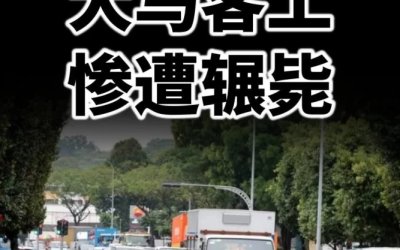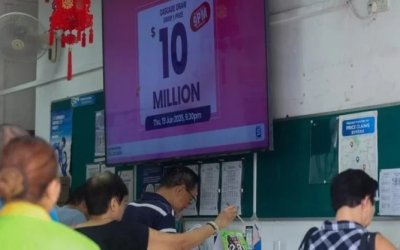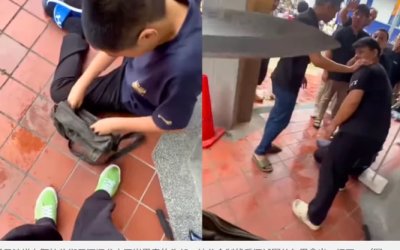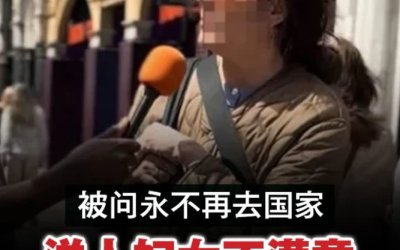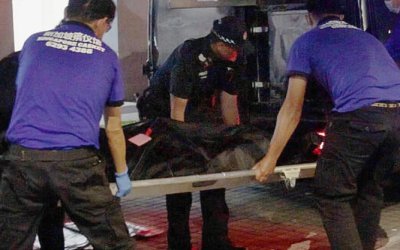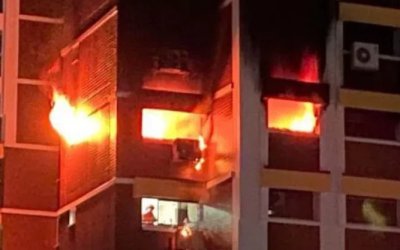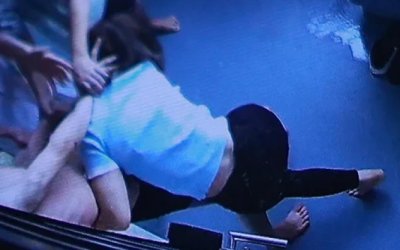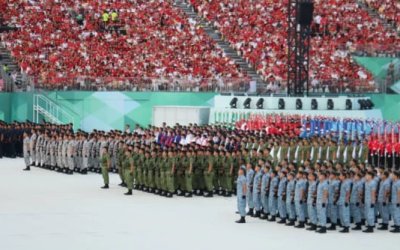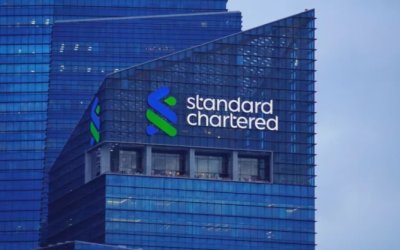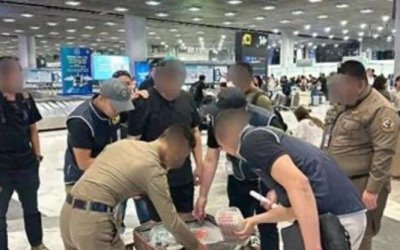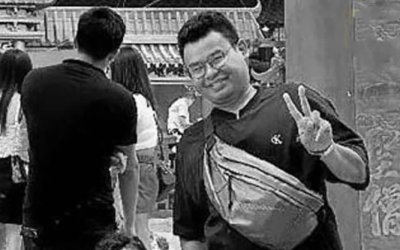The Government will argue that the upcoming Jurong Region Line (JRL) and Cross Island Line (CRL) will improve connectivity in the West. But even after these two lines are built, the East-West Line will still be a major bottleneck for travel between the East and West of Singapore for residents of the West. This is because the JRL connects only to the East-West Line for east-west travel.
The West of Singapore is not some "ulu" hinterland. It is home to very dense population centres such as Jurong West, upcoming new towns such as Tengah and major employment hubs in Jurong East and Tuas. Existing towns, such as Queenstown and Bukit Merah, will also soon be redeveloped and densified and many new jobs will be created in the Jurong Lake District. All these residents and jobs need to be better connected to the rest of Singapore.
Currently, for a resident of Choa Chu Kang, Bukit Batok, Pioneer or Jurong West, working somewhere in the Downtown Core, like Raffles Place, a 45-minute commute by public transport to their workplace is still far from reality. This is very different from the East where entire new towns, such as Marine Parade and Bedok and even parts of Tampines, are accessible from the Downtown Core within 45 minutes.
And on top of the Downtown Core, we must also strengthen connections from the West to other parts of Singapore. With decentralisation and greater job mobility, residents of the West could find themselves working in the Punggol Digital District or Changi Business Park. While a 45-minute commute may never be feasible for them because of sheer distance, we can do more to reduce their commuting times as much as possible.
Today, I would like to suggest two approaches to improve rail connectivity and bus services to relieve residents in the West from their dependence on the East-West Line so that we can be closer to realising the vision of a 45-minute city in the West.
The first approach is to improve rail connectivity for the West by connecting the JRL to the Circle Line and CRL. There have been two unconfirmed proposals regarding this.
The first proposal is to extend the JRL from Pandan Reservoir to Haw Par Villa on the Circle Line. This will allow residents in Tengah, Bukit Batok West, Ayer Rajah and West Coast to travel to the Downtown Core by MRT with just one transfer at Haw Par Villa. It could also benefit students travelling to and from the National University of Singapore. This proposal was first announced by then-Transport Minister Lui Tuck Yew in 2015. Later, in 2022, then-Transport Minister S Iswaran updated that feasibility studies are still ongoing, even though this potential extension appears to have been dropped out of the Master Plan 2040.
The second proposal is to build an interchange infrastructure to connect Jurong Town Hall station on the JRL with Jurong Lake District station on the CRL. These two stations are within walking distance of each other but are not currently planned to be connected as an interchange. Then-Minister S Iswaran also said, in 2022, that the authorities would study this as, "We need to create meaningful connections in our MRT stations for convenience and resilience."
These two proposals to extend the JRL will greatly increase rail connectivity from the West to the Downtown Core and the rest of Singapore. We are glad that, this morning, Minister Chee Hong Tat has mentioned that the Ministry of Transport will look into these proposals.
The second approach to improve public transport in the West is to introduce a network of inter-town skip-stop bus services. This can be implemented relatively quickly, compared to increasing rail connectivity. These skip-stop services would be different from existing express bus services. They will only stop at a few high demand stops in each town throughout the entire route to allow commuters to connect between towns more quickly. They will also run all-day, in both directions, at good frequency. The existing routes that stop at all stops can be still retained to feed commuters from the lesser-demand stops to the high-demand stops.
Two types of skip-stop bus services should be introduced. The first type is the long-distance skip-stop bus services that connect different towns in Singapore. In the West, we currently have services 30 and 143, which provide important inter-town connections for residents of Teban Gardens, Pandan Gardens and West Coast, which are areas currently not served by MRT to the East and Central Singapore. There are also services, such as 180 and 974, which link Bukit Panjang with Boon Lay and Jurong West.
All these are important long-distance inter-town bus services that complement our MRT network, but they are too slow. Basic bus services travel at about 15 kilometres per hour, about half the speed of the MRT. While we currently have faster express buses like Service 30e, many of them only operate during peak hours. What we need is a network of skip-stop buses to complement the MRT in moving people between towns quickly. This is especially important for areas currently not served by MRT.
The second type of skip-stop services is to connect more far-flung areas to key transport nodes and community hubs faster. These may be similar to the "express feeder" bus services that LTA is going to introduce under the Bus Connectivity Enhancement Plan. For example, we should introduce skip-stop service 870E to connect Tengah with Jurong East MRT and a skip-stop service 871E to connect Tengah with Bukit Gombak MRT and Beauty World MRT. These will be much faster than the current services 870 and 871. We can also introduce a bus service linking Tengah and Boon Lay, which is something many Tengah residents have asked for during my engagement with them.
The Progress Singapore Party (PSP) urges LTA to seriously consider using the Bus Connectivity Enhancement Programme as an opportunity to boldly reimagine our bus system. This should be done at a national level, but it is especially important in the West, where rail connectivity is not as good as the East, but the commuting population is fast building up. Mr Speaker, in Mandarin please.
(In Mandarin): Mr Speaker, last month, an unprecedented six-day massive disruption occurred between Jurong East and Boon Lay stations on the East-West Line. This made Singaporeans living in the western part of Singapore, especially in Jurong West, Jurong East and Clementi, realise how reliant they are on the East-West Line as a critical rail infrastructure.
In the Land Transport Master Plan 2040 released by the Land Transport Authority in 2019, a vision was set that by 2040, Singapore would become a "45-minute city", meaning that 90% of public transport journeys during peak hours could be completed within 45 minutes. However, for residents in the west, this vision is far from reality at present.
PSP believes that to achieve this vision for western residents, the Government should implement two proposals currently under study regarding the JRL.
The first is to extend the JRL from Pandan Reservoir station to Haw Par Villa station on the Circle Line. The second is to connect Jurong Town Hall station on the JRL with Jurong Lake District station on the CRL to form an interchange station.
